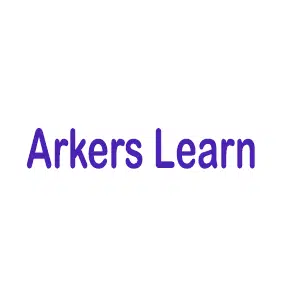
Computer-assisted learning (CAL)
Computer-assisted learning (CAL) is a type of education that uses computers and other digital technologies to enhance the learning experience. It is also referred to as technology-assisted or technology-enhanced learning. CAL can take many forms, including:
- Educational software: This includes programs such as interactive tutorials, simulations, and games that are designed to teach specific skills or knowledge.
- Online learning: This includes taking online courses or participating in virtual classes, which can be delivered through a variety of platforms, including learning management systems (LMS), and other educational websites.
- Intelligent tutoring systems: These are computer programs that can adjust the instruction based on the student’s performance, providing personalized feedback and guidance.
- Virtual reality and augmented reality: These technologies can be used to create immersive learning experiences, such as virtual field trips and simulations.
CAL is often used to supplement traditional classroom instruction, and it can be a valuable tool for promoting active and self-directed learning. Some of the benefits of CAL include:
- Access to resources: CAL provides students with access to a wide range of resources, such as videos, readings, quizzes, and simulations, which can be stored and shared in the cloud.
- Personalized learning: CAL can provide personalized learning experiences that can adapt to individual student’s needs and learning styles.
- Flexibility: CAL allows students to learn at their own pace, and it can be used to support self-directed and blended learning.
- Cost-effective: CAL can be cost-effective for education institutions because it eliminates the need to invest in expensive hardware and software.
- Engaging: CAL can make learning more engaging and interactive, which can help to improve student motivation and retention.
However, it is also important to note that CAL has its limitations such as the need for a reliable internet connection, security concerns, and the need for technical skills to manage computer resources.
Computer-assisted learning (CAL) works by using computers and other digital technologies to enhance the learning experience. The specific way that CAL works can vary depending on the type of technology being used, but in general, it involves the following steps:
- Students or educators access CAL tools and resources: This can be done through a variety of platforms, including learning management systems (LMS), educational websites, and mobile apps.
- Students engage with the CAL resources: This can include interacting with educational software, participating in online learning, or using virtual reality and augmented reality technologies.
- The CAL tools and resources provide feedback and guidance: This can include providing personalized feedback, adjusting the instruction based on the student’s performance, and providing guidance to help students progress through the material.
- Students reflect on and apply what they have learned: CAL can be designed to promote active and self-directed learning, and it can provide students with the opportunity to reflect on and apply what they have learned.
- Educators monitor and assess students’ progress: CAL can provide educators with tools to monitor students’ progress, identify areas where they may be struggling, and provide additional support as needed.
CAL can take many forms, such as interactive tutorials, simulations, and games that are designed to teach specific skills or knowledge. It can also include online learning, intelligent tutoring systems, and virtual reality and augmented reality technologies. These tools can be used to supplement traditional classroom instruction, and they can be valuable tools for promoting active and self-directed learning.



